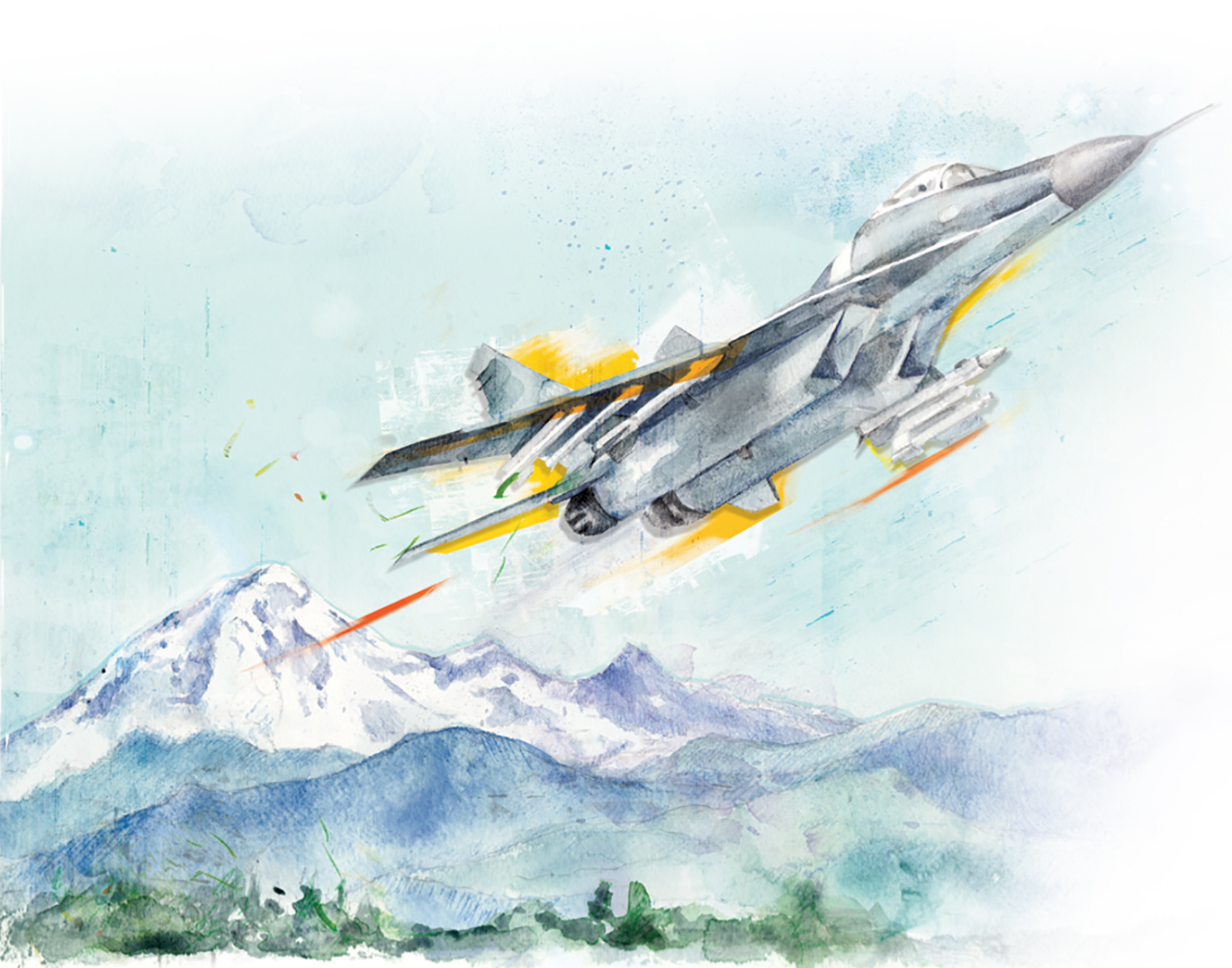From the department of Cold War Hijinks
At the Abbotsford Air Show,
during the dying days of the Cold War,
Canadian CF-18 pilot Major Bob Wade became
the first Western pilot to fly a Soviet MiG-29
Fulcrum fighter aircraft. Here’s how he did it
In 1964, I was standing in a field trying to catch a horse with a bucket of oats when the Golden Hawks aerobatics team flew over. It so impressed me that I decided at that very moment that I wanted to be a fighter pilot.
I completed pilot training in 1969 and was posted as an instructor at CFB Moose Jaw in Saskatchewan. I later flew fighters and, in 1987, was posted to 441 Air Defence Squadron with North American Air and Aerospace Defence Command.
During that time I learned that two MiG-29s were coming to the Abbotsford Air Show.
I was tasked by fighter group to conduct an escort mission of the MiGs as they entered Canadian airspace just below the Alaska panhandle. I launched three CF-18s. During that flight, the MiG-29s lost communications and were unable to navigate. They were proceeding about 30 to 40 degrees off course.
My direction from fighter group was to go no closer than 1,000 feet and not to attempt communication with the MiGs. So I had a decision to make: I could either let these two MiG-29s fly out to sea until they ran out of gas and ejected or I could fly up beside them and find out what was going on.
I flew up to the lead MiG-29 and he was raising his hands palms up, pointing to his headset and giving me thumbs down. I made the decision to have the two MiGs fly on my right wing and I put the two CF-18s on my left wing. The MiGs did a great job as we made it through 30,000 feet of really dark and dirty cloud. We broke out of cloud near Abbotsford at about 5,000 feet. I waved the MiGs off to land and they did.
If they’d crashed, it would have been a huge international incident. And that governed my decision to go against orders. Plus, from a humanitarian perspective, they would have died if they bailed out into the ocean. I wasn’t going to let that happen.
When I got back to Comox, my crew chief said the phone was ringing off the hook. I wasn’t surprised because I had just broken all the rules. But it wasn’t that. The Soviet embassy was calling to thank me and asked if I would come to Abbotsford as their guest during the show.
On the last day, they wanted me to fly one of the MiGs. My G-suit and helmet would not fit in the cockpit, so I had to wear the Russian pilot’s G-suit and helmet. His head was about twice as big as mine but it didn’t matter, I was going flying.
All the instruments were in Cyrillic so nothing made any sense to me. I had no idea of takeoff speed, stall speed, or fuel on board. They wouldn’t turn on the heads-up display or weapons display as that was classified. So it was really a seat-of-the-pants experience. I had watched the MiG-29s do their air display, so I knew approximately how much runway they used. I lit the afterburners and at about that point on the runway, I rotated for takeoff.
And that’s how I became the first western pilot to fly a MiG-29.
Advertisement













